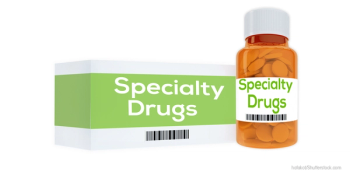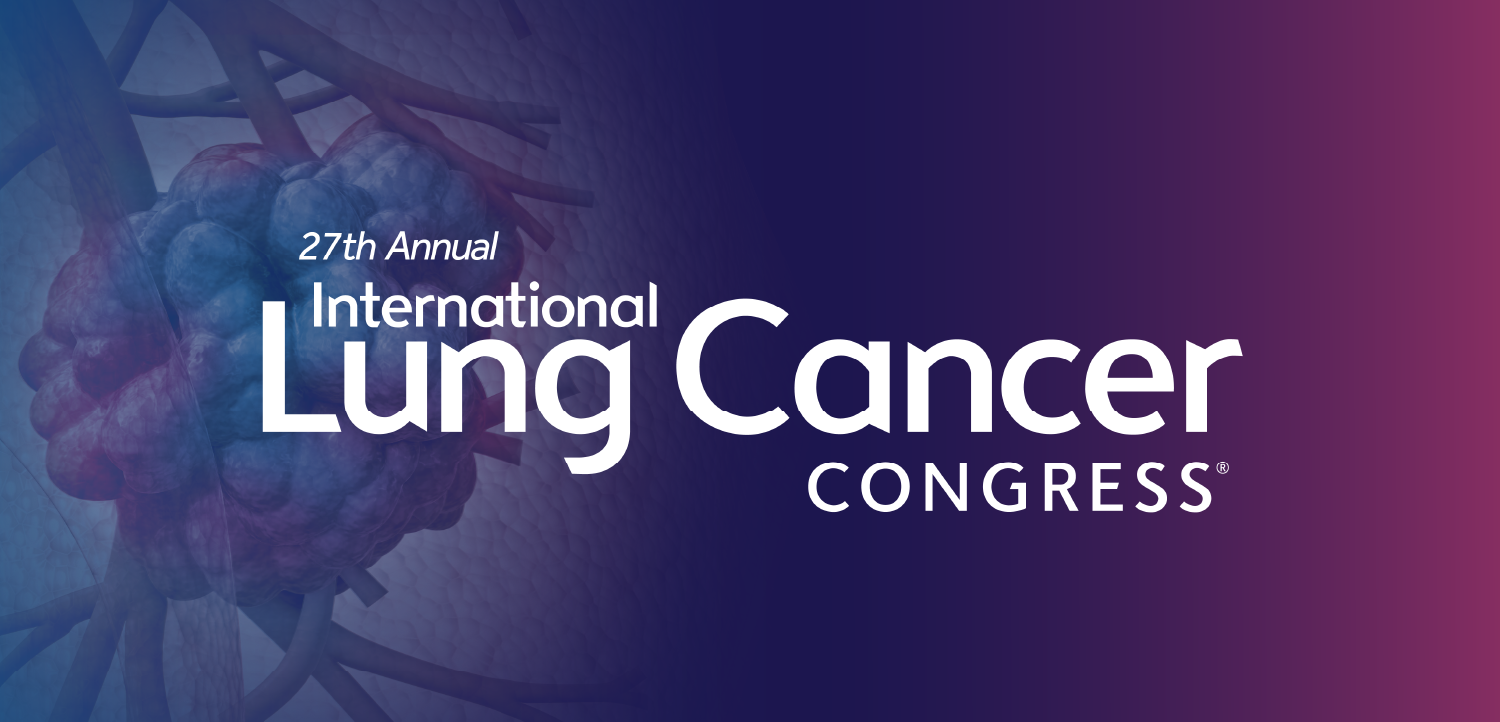
How EHRs and Machine Learning Can Identify PrEP Candidates
New tools can help to identify patients at a high risk for HIV but not using PrEP.
A new modelling study used electronic health record (EHR) data and machine learning to identification candidates for HIV pre-exposure prophylaxis (PrEP).
The
The researchers extracted demographic and clinical data from these patients’ EHRs on over 80 potential predictors of HIV risk. They then split the sample, developing an HIV prediction model in 2007 to 2014 data and validating it in 2015 to 2017 data. The researchers then used a machine learning algorithm to automate selection of important HIV risk predictors for the final model.
The machine learning algorithm retained 44 variables in the final model, including sex, race, living in a neighborhood with high HIV incidence, use of medications for erectile dysfunction, and sexually transmitted infections testing and positivity. The full model had excellent discrimination between HIV cases and non-cases, with a C-statistic of 0.84 in the validation dataset.
“We found that predictive modeling can be used to identify patients who are at high risk of HIV acquisition and may be good candidates for PrEP,” says lead study author Julia Marcus, PhD, MPH, adjunct faculty at
By flagging 2.2% of the general patient population as potential PrEP candidates, the researchers’ model identified nearly half of male HIV cases.
“We also showed the added value of rich EHR data for identification of potential PrEP candidates, with a full model outperforming simpler models based on only sexual orientation and recent bacterial sexually transmitted infections,” Marcus tells Managed Healthcare Executive. “The full model performed equally well in predicting HIV risk for black and white patients, whereas simpler models did not perform as well for black patients.”
Related:
PrEP is more than 90% effective in preventing HIV infection, but of 1.1 million people in the U.S. who are eligible for PrEP, only 7% used it in 2016, according to Marcus. The federal government recently announced the
Scaling up PrEP is a key pillar of that initiative, says Marcus.
“One barrier to PrEP prescribing is that providers have difficulty identifying patients who are at high risk of HIV acquisition,” she says. “Risk prediction tools are often used in other areas of medicine, such as cardiovascular disease, to help providers identify patients who might benefit from preventive care. However, existing HIV risk prediction tools have limitations, including racial bias, and are not routinely used. Automated prediction tools that use EHR data to identify potential PrEP candidates could shift the paradigm for how PrEP is prescribed in the U.S., ultimately improving PrEP uptake and reducing new HIV infections.”
Prediction models are routinely used in other areas of medicine, including cardiovascular disease, fracture risk, and sepsis, according to Marcus.
The use of algorithms, machine learning, predictive models, are all approaches that could help improve patient care and move clinicians and hospitals to be more proactive, according to Deborah (Deb) Pasko, PharmD, MHA, director, Performance Center and Optimization Services at
One could argue what mathematical approaches are most predictive, but the bottom line really comes down to the use of data and using it in a meaningful, systematic way, according to Pasko. "Machine learning can definitely make huge strides for the care of patients but we are still living in an age where clinical judgement and human interactions are still needed and valuable," she says.
Newsletter
Get the latest industry news, event updates, and more from Managed healthcare Executive.


















































